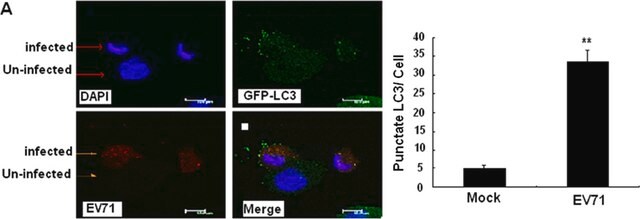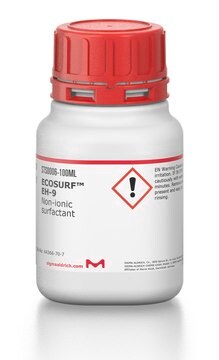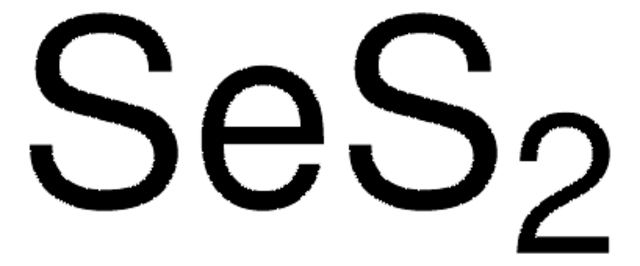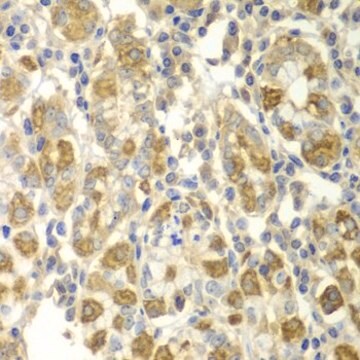詳細
PTEN induced putative kinase 1 (PINK1) is a serine/threonine mitochondrial kinase. The 581 amino acid protein has an amino terminal mitochondrial target sequence, a putative transmembrane domain, a kinase domain and an autophosphorylation-regulating carboxy terminal domain. The gene encoding it is localized on human chromosome 1p36.12.
アプリケーション
Anti-PINK1 (N-terminal region) antibody produced in rabbit has been used in western blotting.
生物化学的/生理学的作用
PINK1 (PTEN induced putative kinase 1) has been found to protect neurons from stress-induced mitochondrial dysfunction and apoptosis. Genetic studies in Drosophila indicate that PINK1 acts upstream of Parkin in a common pathway that influences mitochondrial morphology. PINK1 elicits protection in mouse primary neurons from the dopaminergic neurotoxin 1-methyl-4-phenylpyridine (MPP+)/1-methyl-4-phenyl-1,2,3,6-tetrahydropyridine (MPTP) both in vitro and in vivo. In response to enhanced proteasomal stress in vitro, PINK1 has been shown to be cleaved and localized to the mitochondria, and this correlates with increased expression of the processed PINK1 protein in Parkinson′s disease(PD) brain.
PTEN induced putative kinase 1 (PINK1) has a role in removing damaged mitochondria from cells. Mitochondrial damage triggers the accumulation of the protein in the outer mitochondrial membrane, wherein it undergoes autophosphorylation and dimerizes into a supermolecular protein complex. PINK1 then phosphorylates ubiquitin and tags damaged mitochondria for mitophagy. It negatively modulates glioblastoma growth. Mutations in the PINK1 gene have been associated with recessive, early-onset Parkinson′s disease. The protein is expressed in cancerous cells and has a role in cell survival.
物理的形状
Solution in 0.01 M phosphate buffered saline, pH 7.4, containing 15 mM sodium azide.
免責事項
Unless otherwise stated in our catalog or other company documentation accompanying the product(s), our products are intended for research use only and are not to be used for any other purpose, which includes but is not limited to, unauthorized commercial uses, in vitro diagnostic uses, ex vivo or in vivo therapeutic uses or any type of consumption or application to humans or animals.










